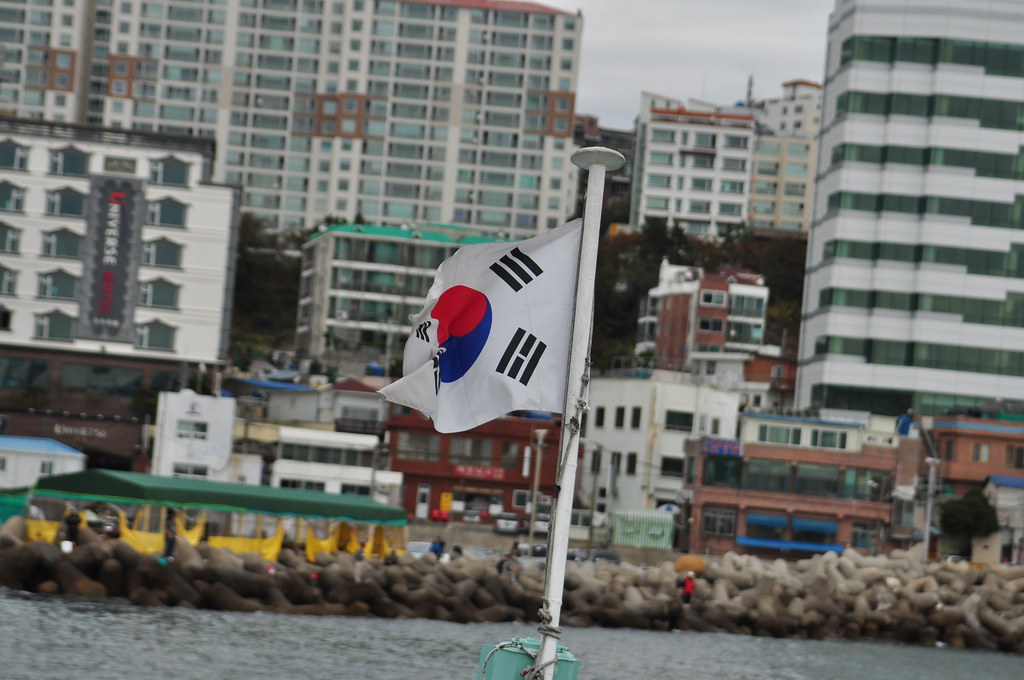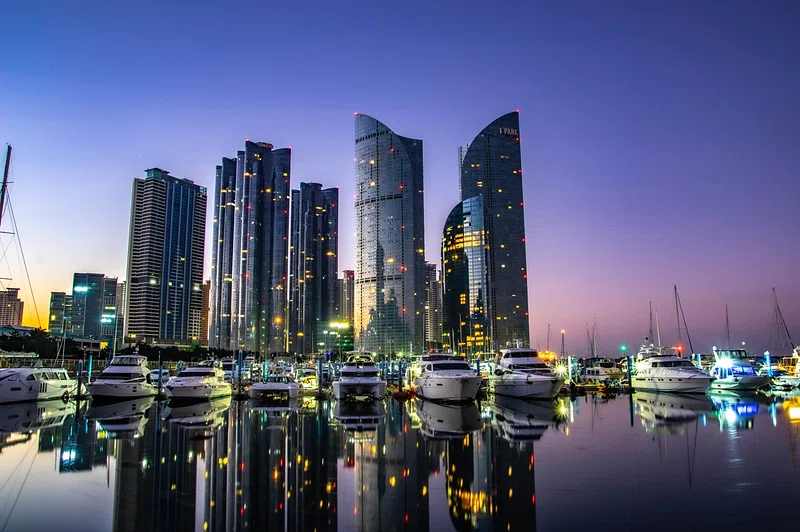By Matija Šerić
Kingdom of Thailand consistently appears in mainstream media and reputable travel publications as one of the most desirable and attractive tourist destinations in the world. Last year, 35.6 million foreign tourists visited the country (a 26% increase compared to 2023), and Thailand’s tourism industry generated a revenue of $48.45 billion, an increase of 34% over the previous year. Tourism is undoubtedly a key driver of Thailand’s economic growth, as official government data confirms. The tourism industry accounted for 14% of the national GDP and 11.33% of employment in the second quarter of 2024.
The nation’s immoral ace
Thailand, a country in Southeast Asia, is known for its famous cuisine, Buddhist temples, beautiful beaches, rainforests, waterfalls, Thai massage, street festivals, and friendly people. Because of all this, Thailand has become a tourist hotspot. But there is something else—and it is quite significant. For most foreign tourists who decide to visit this exotic Asian country, the goal is simple: sex takes priority above everything else. This year, Thailand plans to host a record number of tourists, and although prostitution is formally legal but technically discouraged, it is tolerated to such an extent that it is, in fact, one of the key drivers of Thailand’s GDP growth.
Sex tourism has become a trademark of the country. Thousands of brothels are scattered across the nation. Famous GO-GO bars in Bangkok and brothels offering “soap” massages and “happy-ending” massages have reinforced Thailand’s reputation as a top sex destination. For many people in Europe and the United States, sex is the first association with Thailand, and many, especially older tourists over 50, visit exclusively for sex. Tourists usually come in groups or organized package tours that include visits to brothels and clubs.
Widespread prostitution
Thailand has a population of around 71 million. NGOs estimate that between several hundred thousand and 2.8 million people are involved in the sex industry. The most reliable figure is between 250,000 and 300,000 sex workers, according to the International Union of Sex Workers (IUSW). Women dominate this profession, followed by transgender individuals, or “Ladyboys.” Alarmingly, many minors are active in the sex industry, with estimates suggesting tens of thousands of underage girls or boys are involved in the oldest profession.
Pattaya is center of Thai sex tourism
A long history of prostitution
Thai women selling their bodies for money is not a new phenomenon but a standard that has existed for centuries. Prostitution dates back to 1680 during the Ayutthaya period when it was fully legal, and even state-run brothels existed. Women worked as concubines and were sometimes given as rewards for men’s military achievements. They had the status of slaves, as slavery existed for centuries until it was abolished in the 20th century. However, the end of slavery did not bring land or property rights, so life remained difficult. Many women turned to prostitution, and brothels spread throughout the country.
During World War II, Thailand was occupied by the Japanese, who used the services of Thai prostitutes. Over time, in the latter half of the 20th century, the nation modernized, millions moved to cities, including women seeking ways to survive. Although prostitution was formally banned in 1960, it flourished in the following decades. Even though Thailand did not participate in the Vietnam War, American soldiers visited during leave to unwind with local prostitutes.
Pattaya – Sodom and Gomorrah
Thailand’s—and arguably the world’s—top sex tourism destination is Pattaya. A popular saying found on signs, souvenirs, and other items goes: “Good boys go to heaven, bad boys go to Pattaya.” Around 24 million tourists visited the city last year. Pattaya is a resort city on the eastern coast of the Gulf of Thailand, about 100 kilometers southeast of Bangkok. It is likely the liveliest and most outrageous city in the world, with Amsterdam, Las Vegas, Ibiza, Fortaleza, and others unable to match its nightlife madness and debauchery.
Pattaya is called modern Sodom and Gomorrah and the world’s sex capital. Sex is available on nearly every corner (the city has around ten thousand prostitutes), alcohol flows cheaply, and drugs are easy to obtain, with dealers roaming the streets offering various substances. The increasing influx of Chinese tourists is notable, as millions of Chinese—and also Indians—come to enjoy the “benefits” of sex tourism.
Cheap entertainment for Westerners
Most Western tourists are middle-aged and older men. With their high Western salaries or pensions, they are true stars of the night. Local beer prices of around €1.50 seem laughable to them, and paying young Thai sex workers—generally costing 1,000 to 1,500 baht, roughly €25–40—is no problem. These prices are not for one hour but for almost a full night of entertainment.
In addition to price, many Europeans choose Pattaya, Phuket, and other Thai cities for sex tourism over Amsterdam or London because they consider Thai sex workers’ services to be of higher quality. This makes sense: most Thai “friends of the night” have a friendly, approachable attitude toward clients. They are more accessible and relaxed than their European counterparts, even dancing with interested strangers just for fun, even if no sexual services are involved. The goal is to earn money, which is not easy in Thailand.
Documentary about prostitution in Thailand
Reasons for entering the oldest profession
A legitimate question arises: how is such a warm approach possible in a world of prostitution often associated with the worst life scenarios? Indeed, in much of the world, tragic life circumstances may push women into selling their bodies. However, exceptions exist, and Thai women are one of them. Thai prostitutes see their profession as a tool to escape poverty and achieve a better life, ironic as that may seem at first glance. The saying “God helps those who help themselves” proves true, motivating Thai women to take morally questionable actions.
Many “friends of the night” come from poor rural families, often with many siblings. Instead of working in massage salons or sewing clothes for H&M, Gap, or Zara for low wages, they enter the sex industry, where earnings are significantly higher than in conventional jobs. Many hope to meet a client who will fall in love and take them to Europe, the promised continent many Asians, Africans, and people from other regions dream of moving to. Women from neighboring poor countries like Cambodia, Laos, and Myanmar also come to work in Thailand.
Forced prostitution
A major problem is human trafficking, especially of minors often forced into prostitution. Tens of thousands (some reports say 40,000) of underage Thai girls are forced into prostitution, entering modern slavery. Most victims come from poor rural areas or neighboring countries and are often exposed to violence, threats, and manipulation to remain in the industry. Many Ukrainian, Russian, and women from other parts of the world are deceived into human trafficking and end up in sexual slavery in Thailand.
A lucrative business for Thailand
About a decade ago, Thailand’s national tourism authority issued a statement expressing its desire to create a high-quality tourist destination, prioritizing quality over quantity and discouraging sex tourism. Regardless of how one views Pattaya, Bangkok, and other Thai locations, one thing is certain: Thailand’s tourist destinations attract millions of people from around the world, all spending enormous amounts of money and driving the economy of this Southeast Asian country, marked by poverty, high birth rates, and immense developmental potential.
For this reason, authorities tolerate Thai prostitution more than they objectively should, and police in Pattaya oversee sex workers and maintain order to ensure everything runs smoothly. As long as this system functions, accommodation capacities and the arrival of Western and Chinese tourists will continue to grow rapidly, and spending measured in billions of dollars will steadily increase. Thailand is expected to host around 50 million foreign tourists annually in the coming years. The combination of tourism and sex is clearly highly profitable.
Author: Matija Šerić








